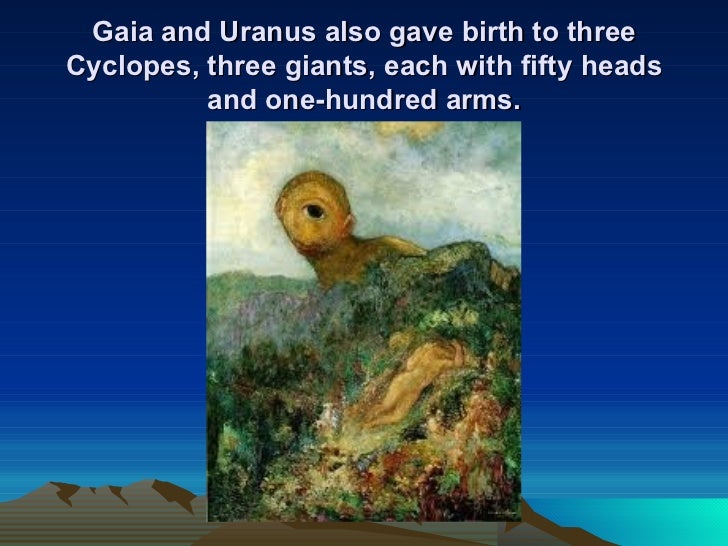Forward, Futures, and Options Agreements
(part C)
by
Charles Lamson
Determining the Futures Price
Financial futures are traded each day on exchanges around the world. The exchange delivers or accepts for delivery the futures contract at the specified future time and place at a price agreed upon today. The buyer or seller merely accepts the risk of a price change of the contract and agrees to pay off any financial losses or to receive any financial gains. There are several different futures prices depending on the expiration date of the futures contract. In this article, I pose the question, "How are those prices determined?" I hope that buzzers and alarms are going off in your head and that your immediate response is "supply and demand." Of course, you are right! But in this case, it may prove beneficial to look a little more closely at what determines the supply and demand for financial futures, and hence, their prices.
 |
Perhaps the first and most important thing to point out is that the future price and the spot price are highly correlated---that is, they move up and down together. This is not accidental, but rather due to actions of individuals called arbitrageurs who seek a riskless profit.
Consider what happens if a futures contract for Treasury bonds to be delivered in three months is much higher than the present spot price. An arbitrageur could purchase the Treasury bonds in the spot market while selling a futures contract. Granted, she would incur some carrying costs in holding the Treasury bonds (or the gold or whatever), but as long as the futures prices were greater than the current spot price plus the carrying costs, she would make a riskless profit. (Carrying costs generally consist of the interest costs for the use of the funds to purchase the securities, less the interest earned on the securities while the arbitrageur is holding them, plus other transaction costs of the exchange.) On the other hand, if the future's price was below the spot price plus carrying costs, arbitrageurs (who owned some of the securities) would but futures, driving the futures price up, and sell in the spot market, driving the spot price down. Can you explain how a riskless profit can be made?
When and if such an opportunity for riskless profit opens up, arbitrageurs move in, purchase in the spot market (driving up the price), and vice versa. As the delivery date of the futures contract comes closer. The length of time in which funds are borrowed to establish the position is reduced. Therefore, as the delivery date nears, the carrying costs are reduced, and the future's price approaches the spot price. Arbitrage continues until the future's price is bid up (down) to the spot price plus carrying costs---a phenomenon called convergence. Thus, on the last day before the expiration date price is practically equal to the spot price, because the carrying costs are negligible since only one day is left. Hence, because futures prices are highly correlated with spot prices and because convergence occurs, futures prices are ultimately determined by the spot prices of underlying contract instruments.

Recap
The futures price is determined by supply and demand. If the futures price is above the spot price plus the carrying costs, and arbitrageur will sell a futures agreement while at the same time purchasing securities in the spot market. The increased supply of futures will push the price down until the difference between the spot price and the futures price is equal to the carrying costs. If the futures price is below the spot price plus carrying costs, arbitrageurs (who own some of the underlying instruments) will buy futures and sell in the spot market. The futures price will go up, and the spot price will come down until the difference equals the carrying costs. As the delivery date nears, the spot and the futures prices converge.
*SOURCE: THE FINANCIAL SYSTEM & THE ECONOMY, 3RD ED., 2003, MAUREEN BURTON & RAY LOMBRA, PGS. 445-447*
END
|

No comments:
Post a Comment